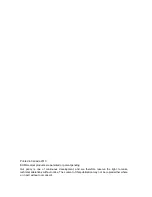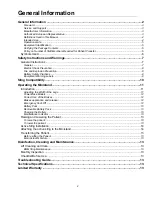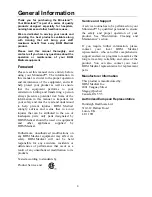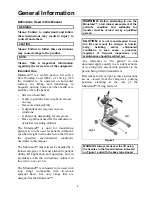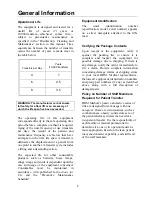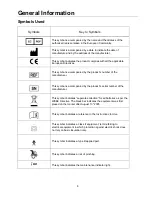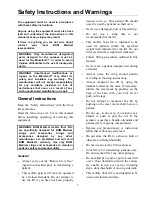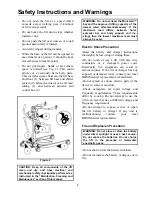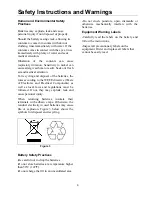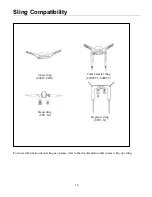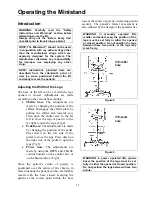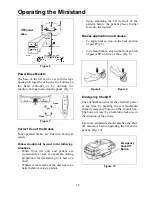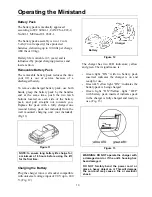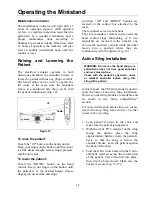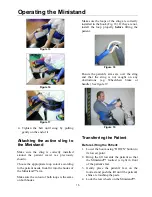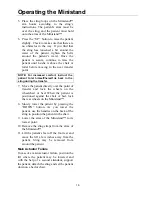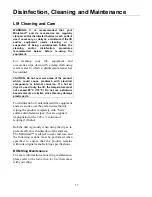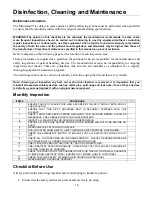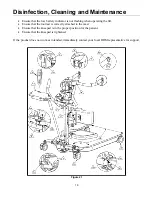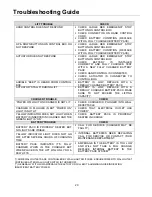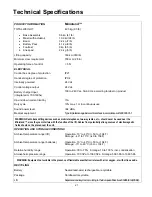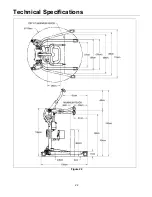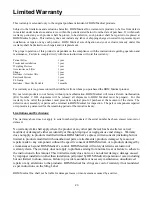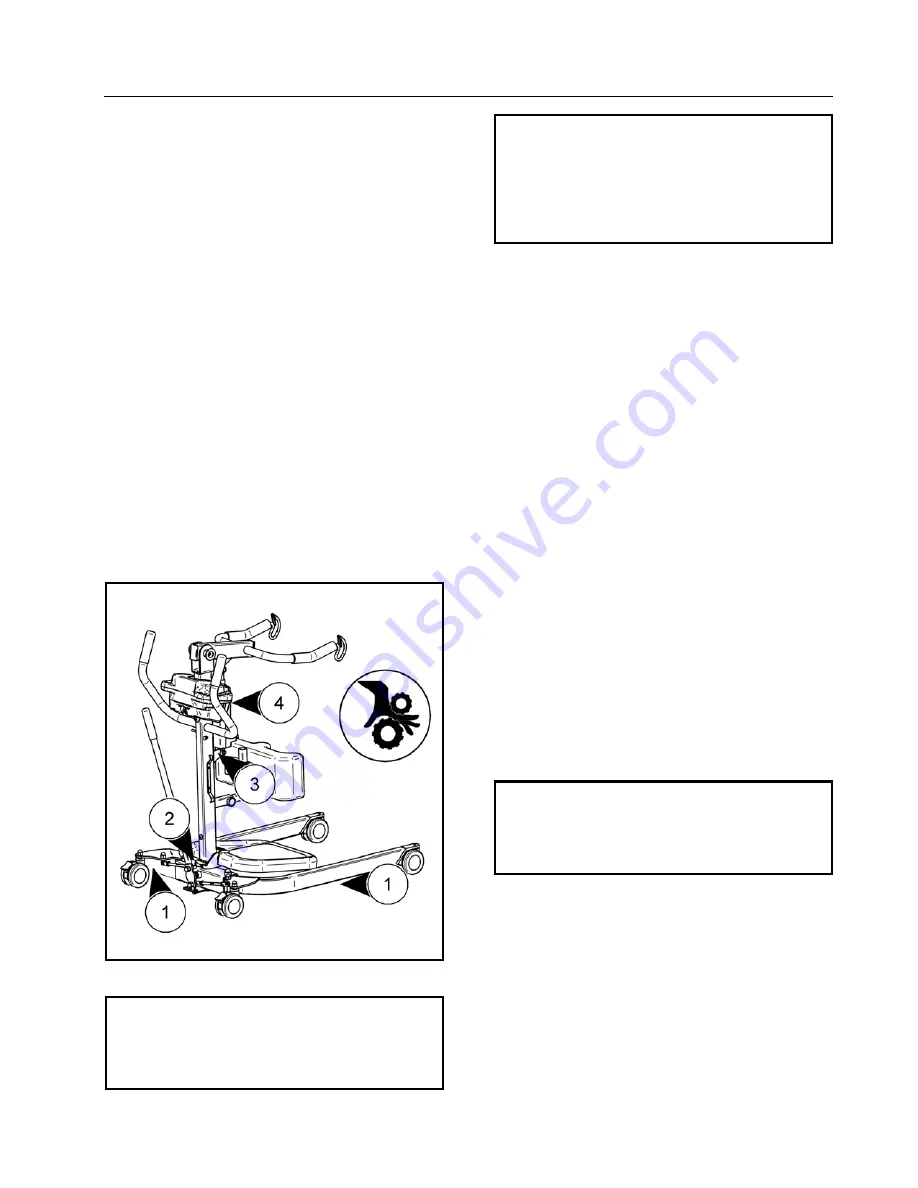
Safety Instructions and Warnings
8
•
Do not push the lift at a speed which
exceeds a slow walking pace (3 km/hour
or 0.8 meter/second).
•
Do not bump the lift down steps whether
loaded or not.
•
Do not push the lift over uneven or rough
ground, particularly if loaded.
•
Avoid any impact during transfer.
•
While the base of the lift can be opened to
ease transfer of a patient, it should be kept
closed between transfer points.
•
Do not put fingers, hands or feet where
space is limited (see Fig. 2). This could
pinch, cut, or seriously harm body parts.
This includes spaces between the lift base
and floor (1), between lift base and shifter
system (2) between actuator cab and mast
tubing (3) and between actuator and
control box (4).
Figure 2
CAUTION: Keep all components of the lift
clean and dry, and have electrical and
mechanical safety checkpoints performed as
instructed in the “Disinfection, Cleaning and
Maintenance” section of this manual.
WARNING: Do not overload the Ministand™
beyond the approved lifting capacity of the
lowest rated attachment/accessory. If the
maximum load differs between hoist,
spreader bar and body support unit (i.e.
sling), then the lowest maximum load must
always be used.
Electric Shock Prevention
•
Read the battery and charger instructions
thoroughly before using or storing them.
•
Do not touch or use a lift with bare wire
conductors or a damaged power cord.
Electrically live equipment can result in
serious injuries. If the lift or charger has any
exposed or damaged wires, contact your local
BHM Medical representative immediately.
•
Do not splash or expose electric parts of the
device to water or moisture.
•
Check nameplate for input voltage and
frequency requirements. These requirements
differ by country. Do not attempt to use the
lift in an area that has a different voltage and
frequency requirement.
•
Do not attempt to expose, service or repair
the lift, battery or charger. If any unit is
malfunctioning, contact your local
BHM Medical representative.
Fire and Explosion Prevention
WARNING: Do not place or store the battery
under direct sunlight or near a heat source.
Do not expose the batteries. Do not charge
the lift in the presence of flammable
anesthetic gases.
•
Do not short circuit the battery terminals.
•
Do not incinerate the battery or dispose of in
fire.


